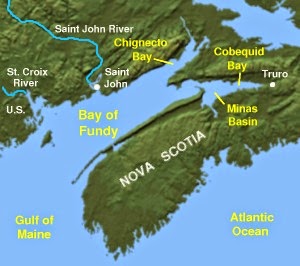Squirrels don’t migrate. And they don’t hibernate. Which
means that here in New York City, you see squirrels scampering up trees and
into garbage cans no matter the weather: wet, snowy, sub-freezing. How do
squirrels survive the cold months? By
building nests called “dreys.” You can see four of them in this photo, taken
here in Brooklyn just a few days ago:
Squirrels—we have eastern gray squirrels in New York—start
to build their dreys in the summer. While they look like big sloppy piles of
leaves, they’re actually pretty strong and stable. Unless they were made by
young squirrels—their dreys sometimes are
just big sloppy piles of leaves, because they haven’t perfected their architect
skills yet.
Dreys start with a solid base layer of branches. Squirrels weave the branches to a tree, usually near the trunk, or where two branches come together, or sometimes, further out on a strong limb. These are the sturdiest places on the tree. On top of the woven branches, builder squirrels add wet leaves and moss. This makes a nice, cozy dry floor for the drey. Then they start building the skeleton of a sphere on top of the base. This is made up of more branches and also, vines. Then the squirrels cover the whole structure with moss, leaves, bark, pine needles, grass, paper—whatever a city squirrel can scrounge that will help keep his drey water-tight and warm.
Squirrels usually live by themselves, or with their newborn babies for a few weeks (just the moms, though, and just in summer and winter, when new broods are born). So why would any squirrel need four nests, as is shown in our picture? One or two nests might be old and rickety—maybe left over from last winter. One nest is the squirrel’s preferred new nest. And one is an extra, in case the favorite nest is invaded by a predator, or becomes infested with lice and fleas. Always nice to have a backup!






_During_the_Revolutionary_War_-_Geographicus_-_NewYorkCity-johnsonbien-1878.jpg)

































_During_the_Revolutionary_War_-_Geographicus_-_NewYorkCity-johnsonbien-1878.jpg)








